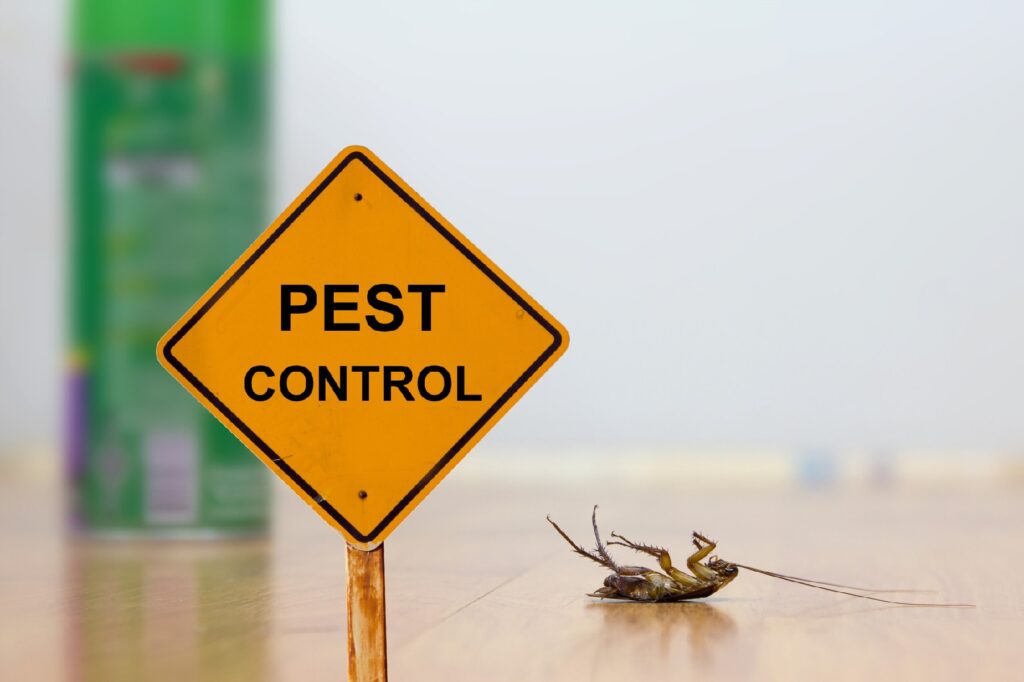A1 Charlotte Pest Control Companies - Your Local Pest Professionals
A1 Charlotte Pest Control Companies - Your Local Pest Professionals
Blog Article
Bed Insect Treatment Failure: Contrasting Chemical Vs. Non-Chemical Solutions
In the world of insect control, especially when managing the persistent problem of bed pests, the option in between chemical and non-chemical treatment services can be a pivotal one. Both techniques supply distinctive advantages and drawbacks, influencing aspects such as performance, safety considerations, and general cost. By analyzing the nuanced information of each approach, a more clear understanding of which course to seek in addressing a bed bug problem can be achieved.
Effectiveness of Chemical Treatments
Chemical treatments for bed pest invasions have been extensively identified for their potent and fast efficacy in eliminating these insects. When thinking about the performance of chemical treatments, it is essential to recognize that they can supply a quick and thorough remedy to a bed insect problem.
In addition, chemical treatments have the benefit of using recurring results, implying that they can remain to get rid of bed pests even after the preliminary application. This residual action is particularly useful in combating any possible re-infestations. Additionally, the quick activity of chemical treatments can bring relief to individuals dealing with extreme bed insect problems, enabling them to reclaim control of their home promptly.
Security Interest In Chemical Solutions
One vital aspect that requires careful factor to consider when using chemical remedies for bed bug therapy is making certain the security of residents and the setting. While chemical treatments can be efficient in removing bed insects, they may position risks if not handled properly. Among the key safety and security worries with chemical options is the prospective harm they can trigger to human health. Direct exposure to particular chemicals utilized in bed bug treatments can lead to respiratory concerns, skin irritation, or other damaging responses, especially in individuals with pre-existing problems or level of sensitivities. Furthermore, improper application or dose of chemical pesticides can lead to hazardous residues sticking around in the treated location, posing long-lasting health risks to occupants.
Additionally, the ecological influence of chemical options is another considerable factor to consider. Some pesticides utilized in bed pest treatments might be damaging to useful pests, wildlife, and communities if they seep into the soil or water supply. It is vital to utilize chemical therapies judiciously, complying with safety and security standards, and taking into consideration less hazardous choices to mitigate these risks and guarantee the safe and reliable monitoring of bed insect problems.
Benefits of Non-Chemical Approaches
Taking into consideration the possible security concerns and environmental influence linked with chemical services for bed bug therapy, exploring non-chemical methods offers an encouraging alternative with numerous home distinct benefits. Non-chemical therapies are environmentally pleasant, as they do not contribute to air or water air pollution, making them a sustainable selection for bug control.
Additionally, non-chemical services can be reliable in targeting bed bugs, including hard-to-reach locations where chemical therapies may not pass through - A1 bed bug exterminator charlotte. Approaches such as warm therapy, vacuuming, heavy steam cleaning, and bed mattress encasements supply comprehensive removal without the use of dangerous chemicals.
Limitations of Non-Chemical Treatments

In addition, non-chemical treatments typically require several applications to attain successful removal. This can be taxing and may not constantly guarantee total removal of all bed pests and their eggs, particularly in covert or hard-to-reach places.
In addition, the success of non-chemical treatments heavily depends on proper application and thoroughness, which can be challenging for people without specialist know-how. Inadequate application of non-chemical techniques may lead to insufficient obliteration, causing consistent infestations and the requirement for added treatments.
Consequently, while non-chemical therapies have their benefits, it is necessary to rodent removal acknowledge these limitations and consider them when figuring out one of the most reliable technique for taking care of bed bug invasions.
Expense Comparison: Chemical Vs. Non-Chemical Options
Provided the constraints related to non-chemical therapies, an important aspect to assess in the context of bed bug management is the cost comparison in between chemical and non-chemical alternatives. Chemical therapies commonly involve the application of pesticides by specialists, which can vary from $250 to $900 per room, depending on the intensity of the infestation and the dimension of the area to be dealt with. On the other hand, non-chemical therapies like warmth therapy or vapor can be a lot more costly, with expenses ranging from $1,000 to $6,000 for a whole home. While the first cost of chemical therapies may seem reduced, several therapies might be needed to fully eliminate the infestation, potentially raising the general cost. On the various other hand, non-chemical choices might give a much more environment-friendly and sustainable solution, although they can be cost-prohibitive for some people. Ultimately, when considering the price of bed bug treatment alternatives, it is essential to weigh the ahead of time expenses versus the efficiency and long-term sustainability of the selected approach.
Verdict

Taking into consideration the potential safety and security concerns and environmental influence associated with chemical options for bed pest treatment, discovering non-chemical approaches presents an appealing alternative with a number of distinctive benefits.Offered the restrictions connected with non-chemical therapies, an important element to review in the context of bed insect monitoring is read review the price contrast in between chemical and non-chemical options. In contrast, non-chemical treatments like warm therapy or heavy steam can be extra pricey, with prices ranging from $1,000 to $6,000 for a whole home. While the first price of chemical therapies might appear reduced, multiple therapies may be needed to totally remove the infestation, potentially increasing the general price.In conclusion, when comparing chemical and non-chemical bed bug treatment options, it is necessary to take into consideration effectiveness, safety, benefits, constraints, and price.
Report this page